#26: Wired to share (despite what our culture tells us).
Seeking sanity between evolutionary instinct and modern impulse.
Last Sunday, I found myself reading my own words.
“Sharing my story has not equated to more suffering nor embarrassment nor feelings of being exposed. In fact, I am suffering less. Much less. I am galvanized, energized, mobilized. It is cathartic beyond imagining to make meaning from my loss by helping others.”
Followed by words from a relative stranger:
“Although my situation is quite different from Sue Deagle’s (and I do not equate a disease diagnosis with the loss of a loved one), I can relate completely to this initial feeling of sharing my story. It took many years to tell people what was happening to me, but when I did, it was a tremendous relief.”
, writer of , highlighted something very important in the conversation about vulnerability:The relief you feel when you let your pain be seen. When you let yourself be seen. When you share your truth without expectation… just because it feels so good to stop hiding.
Last week, my soliloquy was about vulnerability. This week, it’s about vulnerability’s irreplaceable sidekick: sharing. And how this emotional Batman & Robin duo creates one of the most powerful forces for good in the entire universe: connection.
Let’s start at the beginning: humans are social creatures.
But that requires more than just hunting and gathering and snuggling for warmth together.
“We are the only animal on the planet… that goes out of its way to share the contents of our minds with others, even when there’s no immediate gain,” Dr. Bill von Hippel explains in an interview with Dr. Vivek Murthy, recorded in Dr. Murthy’s eye-opening book, Together: The Healing Power of Human Connection in a Sometimes Lonely World.
“We do this because it helps us get on the same page and allows us to understand one another better, which has longer-term advantages,” Dr. von Hippel summarizes.
In other words, our vulnerable exposure (yes, exactly, the uncomfortable kind) comes with evolutionary rewards. It creates tight-knit, empathetic communities with shared values that are more likely to survive a brutal winter than a grudgingly-gathered gaggle of rugged individualists.
The proof is in the space where the pudding should be: loneliness.
We may not always identify it as such, but according to Dr. Murthy, we can hear it in phrases like, “I’m just so tired.” “I feel like I’m carrying the weight of the world.” “It feels like I’m always helping someone, but when I need help, there’s no one there...”
Similar to hunger, thirst, or exhaustion, there are detrimental impacts to missing a vital nutrient. Loneliness, Dr. Murthy explains, has been linked to host of negative health outcomes from heart disease (cough cough) to immune disorders to Alzheimer's. I don’t share this to scare you but to reiterate that connection, vulnerability, and sharing are important to everyone, not just the tree-hugging crowd.
Then, in case all of that wasn’t enough, Dr. Murthy explains that extended loneliness can trigger us into a state of “hypervigilance”. Now, not only are we lonely, but we are so lonely that we become a little too aware of social threats (feeling left out, passive-aggressive slights, the direction of someone’s feet while they talk to you.) To the point where we start to pick up on signals that people don’t like us… when those signals aren’t really there. Exhausted, we withdraw even further, deciding (incorrectly!) the problem is us after all.
(If my kids weren’t already past the worst of puberty social anxiety, I’d be texting them nonstop to explain this to them!! Probably will, just in case…)
So if the initial loneliness is bad, the extended loneliness makes it worse… While piled on top of the wounds being human inflicts on us all — grief, trauma, illness, hardship of so many kinds — that we are fighting to overcome without saying a word.
Understanding came crashing down on me.
First, why connection is the special sauce that makes everything (truly everything) better. We are hardwired to seek it out; it fulfills us in a way nothing else can. “Happiness is only real when shared” to quote a man who learned the hard way…
![Happiness only real when shared" - Christopher McCandless, Into the Wild [1917x800] : r/QuotesPorn Happiness only real when shared" - Christopher McCandless, Into the Wild [1917x800] : r/QuotesPorn](https://substackcdn.com/image/fetch/w_1456,c_limit,f_auto,q_auto:good,fl_progressive:steep/https%3A%2F%2Fsubstack-post-media.s3.amazonaws.com%2Fpublic%2Fimages%2Fbce06d61-8f24-47ef-b51f-5f3561b2afb4_1917x800.jpeg)
Second, why it took my husband literally dying for me to discover the first part.
Our evolutionary instincts are at war with our modern impulses. The first wants us to belong, the second is worried about us fitting in. (Brené Brown explains the difference in The Gifts of Imperfection). And we are stuck in the middle, sinking deeper into the loneliness quagmire that both promise to deliver us out of… but only one actually can.
A devil on one shoulder, an angel on the other. Which is which? Unfortunately, we can tell because the devil is yelling.
We have to push through literal nonsense in our own prefrontal cortex — “no one will want to be around you, everyone will think you’re just looking for attention, they’ll think you’re weak, you’ll be alone, you can do this all by yourself and don’t need help” — to find the promised land of connection.
It took 48 years of me following these LOUD directions with little to no success, plus an Everest-sized helping of grief that wasn’t going to pass itself tissues, to decide to try something else.
But while our biological need for connection is embedded in our bones, the signals to stay quiet and private surround us on all sides. This isn’t a battle we will fight once and look back on with pride. We will be fighting to stay on the unerring path to connection for the rest of our lives.
Which will be a little bit easier if we start by admitting that, even once we know better, we will walk backwards over and over again.
This week’s anecdote takes place, unsurprising, on a business trip.
I was visiting our hardworking teams at Fort Irwin in Barstow, CA (aka a moonscape accidentally located on the high desert of Planet Earth).
One leader, upon seeing me, purposefully strode forward and extended his hand.
“Nice to meet you, Sue… and congrats on the house!” he said.
“The house?” I responded, genuinely perplexed.
“Yes, the house! And The Luminist, I read that too.”
Oh jeez. He had seen the Wall Street Journal article AND my private work. He knew about Mike. He knew about me. I was laid bare, vulnerable and exposed. I swallowed, trying to ignore the unpleasant sensation of cold tentacles reaching up from my gut and curling around my heart. My worlds were officially colliding. Work-life balance? More like work-life train crash.
Before I could briskly shake his hand and get the hell out of there, he continued, “You and I have a common experience. I lost my wife 14 years ago.”
In an instant, those cold tentacles turned warm, tender, and welcoming — in their embrace, my heart melted. Though I was still talking to a stranger, all my distrust and wariness wafted away on the dry desert air. Why had I reacted as if this person was an enemy spy, who now had all the dirt he needed to blackmail me? He was a man who had lost his wife. And was coming to share that with me. To see me and be seen.
I squeezed his shoulder, feeling us sink past our titles and work uniforms and secret schemes of espionage to stand together as two humans, honoring both the struggle and the strength of the other.
I wasn’t alone in my suffering. In fact, I’ll never be alone in suffering (as Anselmo reminded me in his welcoming post). It’s part of the human experience. And the more I remember that, the easier it is to open myself, “expose” myself, and reap the rewards of sharing and connecting.
Struggle connects us. And hiding it pulls us apart.
(I have written about my personal discovery of this before, but dang, it feels good to have science validate my lived experience. Also… I needed the reminder.)
Unfortunately, the modern world keeps coming up with new, exciting ways for us to hide — to airbrush our blemishes, curate our online profiles, create the hologram of a life that is enviable. I can’t blame us for trying it. It looked fun! But now can we admit it isn’t working?
As Dr. Murthy explains, “To be real is to be vulnerable, and this takes courage, especially if we believe that others will like us more if we hide or distort who we truly are. Technology can promote this belief by making it easy to pose online as someone braver, happier, better looking, and more successful than we really feel.
“These poses, in fact, are a form of social withdrawal. They may let us pretend that we’re more accepted, but the pretense only intensifies our loneliness.”
It’s part of the reason I’m so grateful to have found a community on Substack —
to name a few — who openly discuss their struggles in order to learn from them, while simultaneously sharing their learning with all of us, and creating space for us to be messy and growing too.Because I’ll take any reminder I can get that I’m not alone. That I’m not broken. That, in fact, I’m on my hero’s journey.
With this reframe, hiding becomes unimaginable, and sharing becomes refreshingly impersonal.
Why would I hide something as intensely exquisite as the rawness of real life?
I’d love to hear from you.
What are the experiences that have shaken you awake from the modern hive mind to embrace the ancestral knowing of connection and sharing? When can you share easily and naturally? What locks down your clam shell?
If replying to these questions (or posting your responses publicly) is a struggle, you’re welcome to use this space as practice. There are no “wrong” answers. Just the opportunity to share ourselves in our full, complicated, messy, human, relatable glory.
And to be accepted as we are.
In struggle and in strength,
Sue
P.S. The Wall Street Journal video folks were here on Monday for a 12-hour day! The process was amazing and exhausting. I hope to share their great finished product with you in the next week or two. Stay tuned!




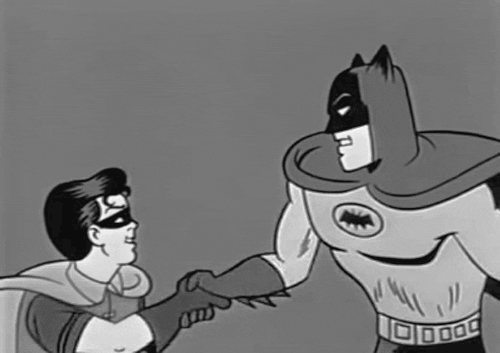
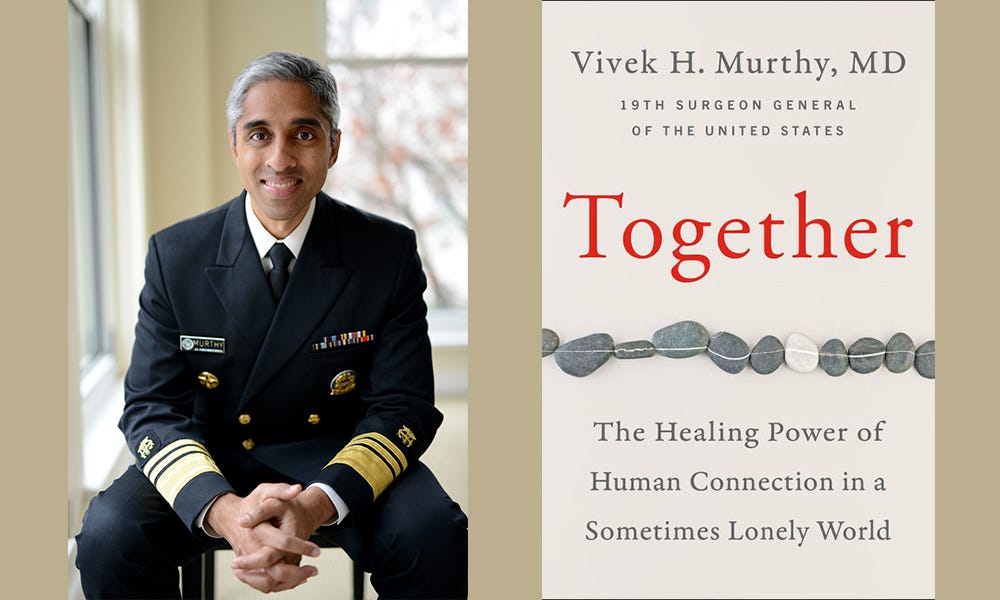
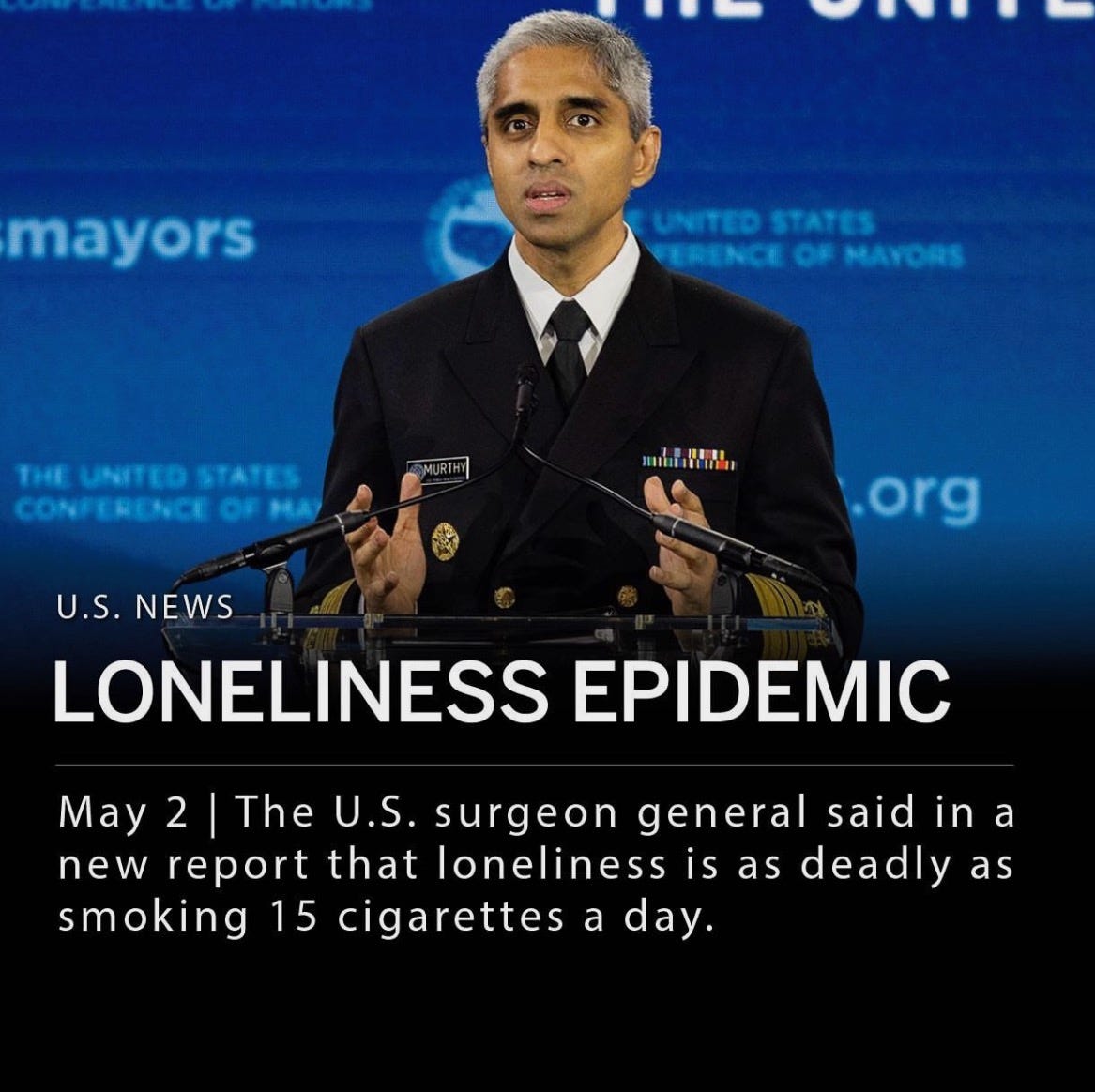
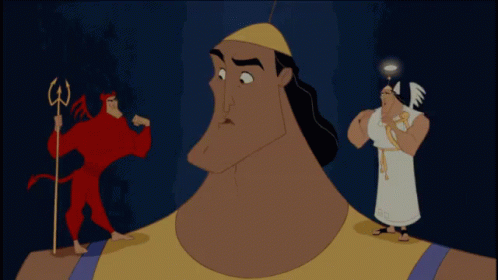

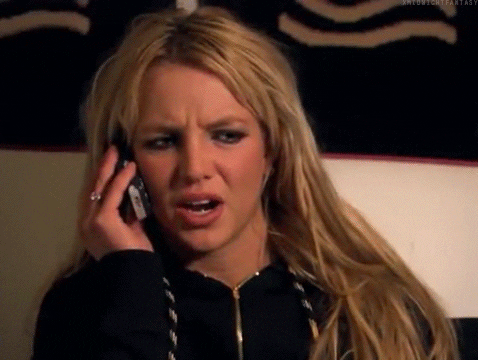
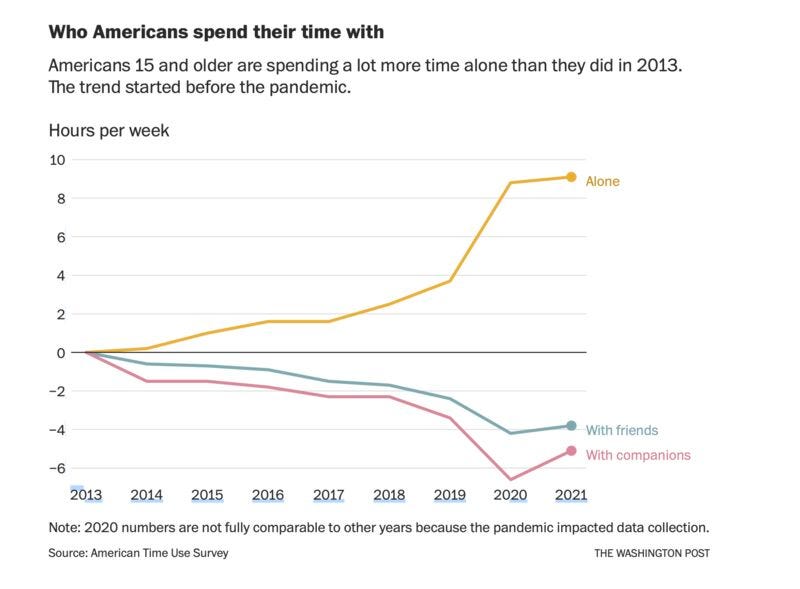
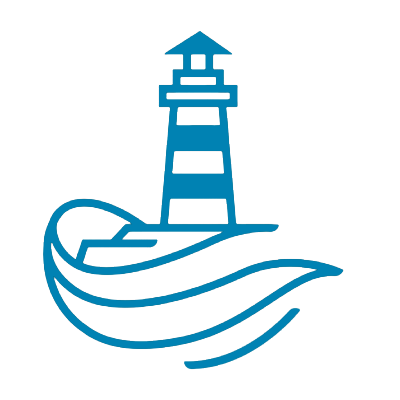
Thank you so much for including me in such great company, Sue, including yours. I was blogging before blogs were called blogs (back when you had to know enough code to get by and FTP your posts to your website). I shared things there, not to lay myself bare but to remind folks they are not alone on this weird journey we share. And you have done a great job of that here, Sue. Just amazing. You are a connector and a conversation-starter, and that is a wonderful thing. Thank you. Of all the kind replies I received on that website way back when, one of the first emails I got and the one I remember most clearly said, "Who do you think you are to have a website like this?" It stung a little (that was a favorite phrase of my mother's), then I laughed. Who did I think I was? Well, a human with experiences, a mistake-maker, a lesson-learner, someone who likes to laugh and believes in the connection the written word creates. I'm so happy that man let you know what you do makes a difference. Remember that. xo
Another great post Sue! I was going to include the surgeon general advisory on loneliness in my latest roundup but couldn't figure out how to write about it in a compelling way. You did that here!
Also thanks for the shoutout. That was very kind!